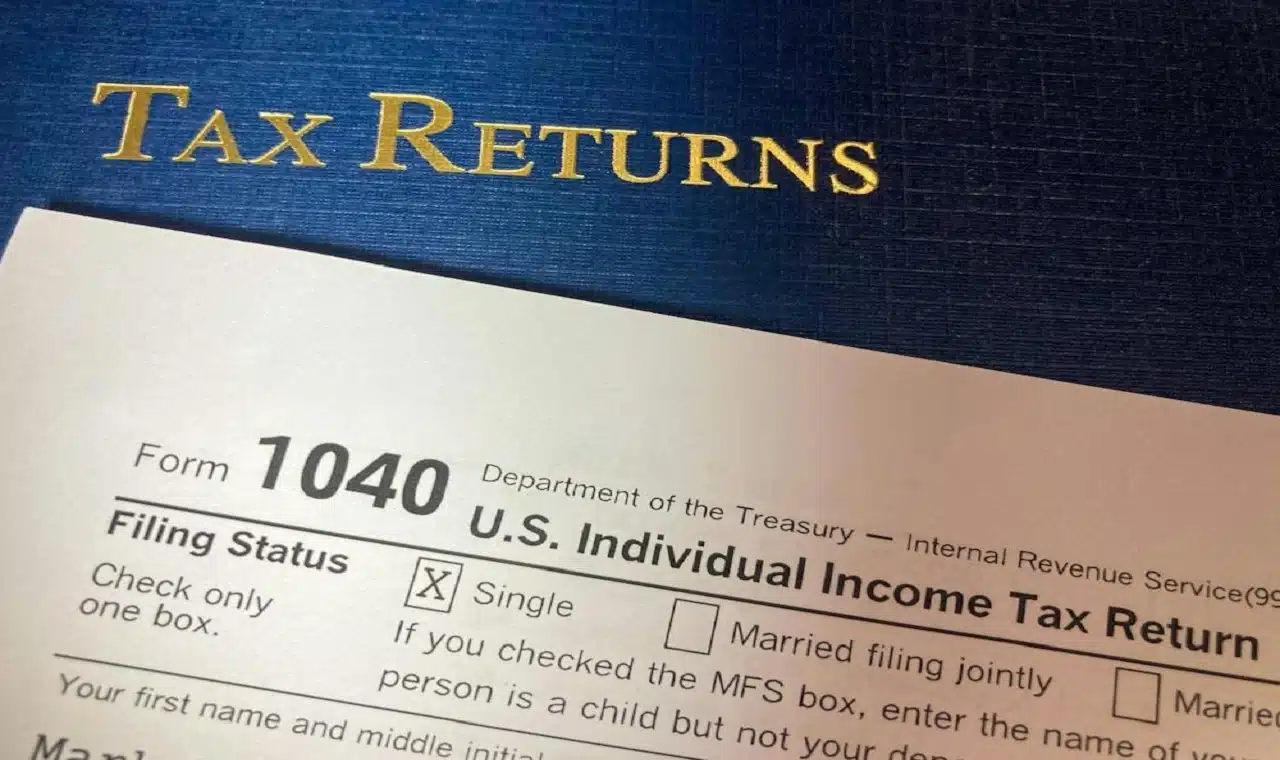In a significant step towards simplifying the tax filing process for millions of Americans, the IRS has unveiled its new Direct File service. This free filing software, designed for relatively straightforward tax situations, is now available in a pilot program for the 2023 tax year in twelve states: Arizona, California, Florida, Massachusetts, Nevada, New Hampshire, New York, South Dakota, Tennessee, Texas, Washington, and Wyoming.
Also Read- Supreme Court Reviews Trump Administration’s Ban on Bump Stocks
Who Qualifies for Direct File?
To use Direct File, filers must have a Social Security number or Individual Taxpayer Identification Number, not only for themselves but also for any spouse or dependents claimed. Additionally, a current driver’s license, state identification card, U.S. passport, or passport card is required. However, the service comes with specific limitations: it’s solely for W-2 employees and those receiving Social Security or unemployment income. Other income types, such as capital gains, rental income, or earnings from payment apps and online marketplaces, are ineligible.
Accessibility and Limitations
Direct File boasts mobile device access and is available in Spanish, expanding its reach. However, it restricts users to the standard deduction, disallowing itemized deductions. This limitation might not affect the majority, as the IRS estimates about 90% of filers opt for the standard deduction. The standard deduction amounts for the 2023 tax year range from $13,850 for single filers to $27,700 for those married filing jointly, with additional deductions available for individuals 65 and older or blind.
Also Read- New York City Medical School Announces Tuition-Free Education Following $1 Billion Donation
State Tax Filing and Federal Support
An added advantage for taxpayers in Arizona, California, Massachusetts, New York, and Washington is the ability to transfer their federal tax information directly to their state’s online tax tool, facilitating state income tax filing. This initiative is part of the broader Inflation Reduction Act of 2022, which injected $80 billion into the IRS, aiming at enhancing services and enforcement.
Industry Opposition and Potential Benefits
The introduction of Direct File has not been without controversy. Major filing companies like Intuit and H&R Block have historically opposed such government-provided solutions, fearing competition. Despite their criticisms, proponents argue Direct File could significantly aid taxpayers, particularly those with lower incomes. Eddie Hartwig, a partner at Service Design Collective and former deputy administrator at the United States Digital Service, highlighted the potential impact of Direct File on accessing vital tax credits like the Earned Income Tax Credit (EITC) and the Child Tax Credit. Hartwig pointed out that millions of eligible individuals fail to claim these benefits, either due to complexity or lack of awareness, with Direct File poised to bridge this gap effectively.
A Step Towards Simplification
The IRS’s Direct File service represents a pivotal move towards tax filing simplification, with the potential to impact millions positively. By making tax filing more accessible and straightforward, the IRS not only aims to improve compliance but also to ensure eligible taxpayers receive the credits and deductions they deserve. As the pilot program unfolds, its success could pave the way for a more extensive rollout, challenging the status quo of tax preparation in the United States and offering a glimpse into a future where filing taxes is less daunting for the average American.




